Around 10% of all agricultural land (10.5 thousand hectares) in Cyprus is occupied by olive trees. Some of them are wild-growing. Olives hold a special place in Cypriot culture (as well as in many other Mediterranean countries); they are an integral part of the island's history and long journey of development.
1. Olive Trees in Cyprus
The Mediterranean climate is ideal for cultivating olive trees. It is warm enough, without frosts, and not scorchingly hot due to the sea's proximity, which mitigates the heat. Scientists still cannot determine in which country people first discovered and started using olives for food – according to some assumptions, it might have been Cyprus.
Originally, the island was filled with wild-growing varieties of olive trees, but with the arrival of the British on the island (early 20th century), cultivation was taken under control. Today, 80% of the cultivated trees are domesticated varieties. Almost no one collects wild olives.

There are olive plantations in approximately 400 villages in Cyprus. Every year, they harvest more than 10 thousand tons of olives, with nearly half of them being used for olive oil. Interestingly, on average, one island resident consumes about 8 kg of olives in some form each year and uses around 3 liters of olive oil.
The olive tree itself is remarkable. It can live up to 2,500 years (it is claimed that a 3,000-year-old olive tree grows on the island of Crete, Greece). In Cyprus, the "long-living" olive trees can boast several hundred years.
The oldest tree is located near the village of Xyliatos. The marker indicates that it is 700 years old, and the trunk's girth is 10 meters. There are also lesser-known trees of about the same age on the island. They are called "Franco-Olives" because this variety was brought to the island and spread during the Frankish rule (12th-15th centuries).

Identifying a mature olive tree is quite simple: it has a thick trunk and a luxuriant crown like a cap. Young trees have a slender and whimsically curved trunk.
Interestingly, the closest relatives of the fruit-bearing olive are "flowers": jasmine and lilac. In essence, Olea europaea is practically the only edible fruit-bearing species within the olive family.
It's worth noting that olive branches are on the state flag of Cyprus. They are present there as a symbol of peace – needless to say, how important this is for the island.
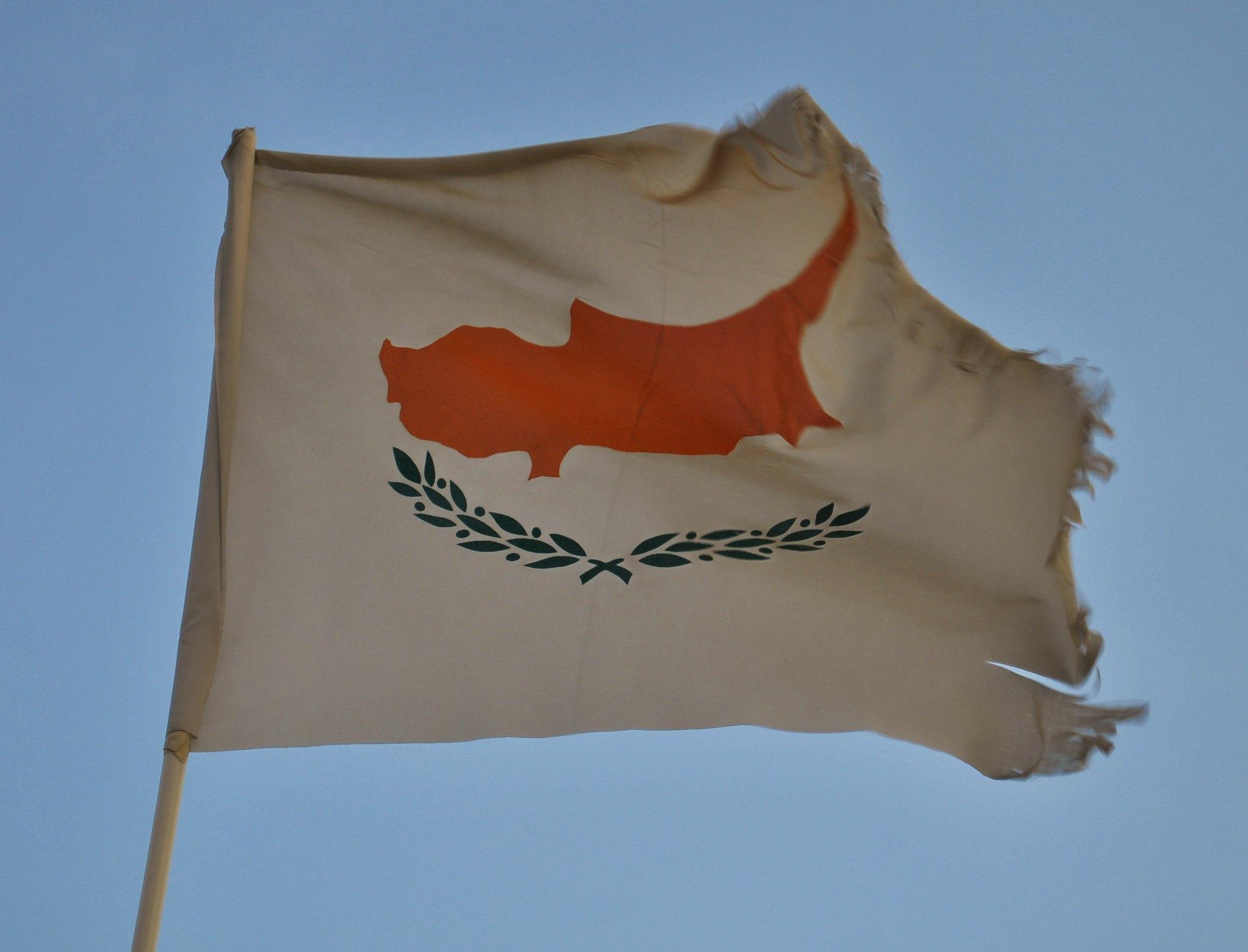
2. Myths about the Olive
Myths and Cyprus are so closely connected that sometimes it's impossible to distinguish between fiction and real history. Therefore, it makes sense to share a couple of beloved legends among Cypriots.
The first legend is about the creation of the olive tree. According to it, Athena and Poseidon once argued and agreed to bestow gifts upon humans. Whose gift would be more useful, that side would win. Poseidon gifted people horses – undoubtedly magnificent and highly beneficial creatures for work and war. Athena, however, planted a spear in the ground, and it turned into a spreading olive tree. It not only bore fruit but also provided shade on a scorching hot day. People deemed Athena's gift much better than Poseidon's...
The ending of the legend varies: some sources state that Poseidon gracefully accepted defeat and acknowledged the splendor of Athena's gift. Others say that Poseidon became enraged and sent a messenger to cut down the tree – but its trunk was so tough that the axe bounced off and killed the one who dared to strike it.

Second legend is directly related to Cyprus and has a very touching ending. According to it, Zeus loved to appear as a handsome wealthy youth and descend to Earth among humans – including Cyprus. Everywhere he was welcomed, treated, and he had a good time, being generous with everyone who received him. Of course, Zeus was quite content with people until Hera, his wife, hinted that he was only welcome in his handsome appearance...
Zeus decided it was fair, so he transformed into a poor old man and came down to Cyprus. He wandered through villages until it got dark – no one wanted to deal with him, not even letting him into their homes. Almost giving up, Zeus knocked on the door of a poor cottage – and what a miracle! An old couple, a husband and wife, took him in for the night. They gave him simple food, whatever they had.
Zeus was moved, he revealed his true identity as a god and offered the elderly couple to grant any wish they had: wealth? Youth? Children they never had? But the old couple refused all that was offered – supposedly they couldn't handle wealth or children now, and their old age had already been a happy one. They asked to not be separated even after death. Zeus promised to fulfill their wish, and at the appointed time, when it was time to die, Zeus transformed the couple into an olive tree – its trunks tightly intertwined, and the crown abounded with fruit.
It's also worth noting that Hercules' club was made of olive wood, and branches of this tree were used to make Olympic wreaths.
3. Olive Tree in Orthodoxy
With the advent of Orthodoxy in Cyprus, much changed – but the respect for the olive remained, recognizing its holiness and divine power. For instance, it's enough to recall that the dove brought Noah an olive branch (from an olive tree) in the ark. It meant that the flood was over, and somewhere there was land with trees growing. Since then, the olive branch became a symbol of hope and peace between God and humans.
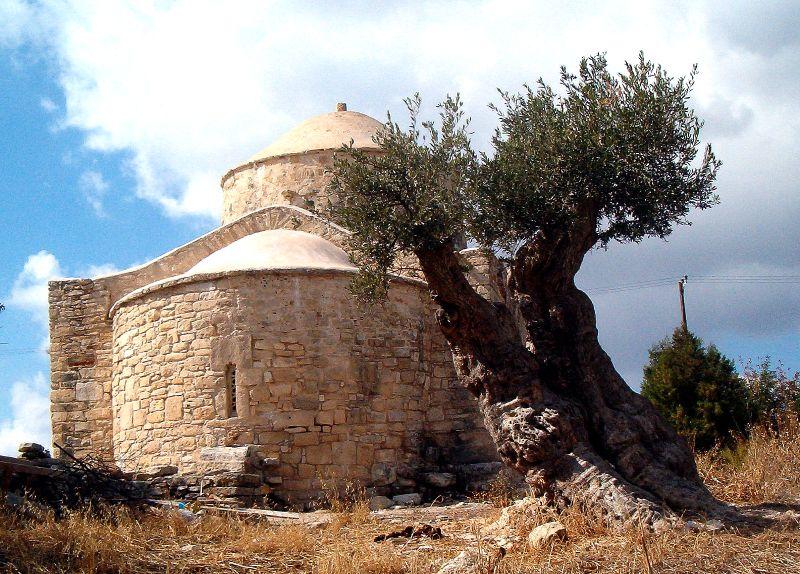
Another important point – in some frescoes, Archangel Gabriel comes with the good news to the Virgin Mary and brings her an olive branch (similar to the lily). Since then, in Christianity, the olive is considered a symbol of the Annunciation alongside the lily.
Interestingly, today in Cypriot Orthodox churches, you can purchase locally produced olive oil. Alongside other local products, it has a completely natural composition and wonderful energy.
4. Olive Oil Production: Then and Now
It's logical to assume that if olives were always growing in Cyprus, people must have figured out to use them for food – not fresh (they're too tough and bitter), but specially processed. There was no problem with harvesting the fruit: they marinated them in vinegar/lemon juice with salt, honey, and spices, creating a wonderful snack and addition to dishes.

But oil has a more interesting history. Historians suggest that in Cyprus, people were among the first in the world to learn how to extract oil from olives. The first tools for this date back to around the 12th-6th centuries BCE! They consisted of stone millstones, which were mainly turned by donkeys. Olives were crushed between the stone plates, yielding incredibly flavorful oil.
Attempts were made to preserve the oil in clay vessels, but such containers could keep the content for only a year. Today, this problem is fully solved with glass jars – olive oil can be stored for several years.
Interestingly, archaeologists have found remnants of Cypriot oil containers in other countries: Egypt, the Middle East, Greece, and Turkey. This confirms the theory that a significant portion of the oil produced in Cyprus was exported. Fortunately, the island has been a significant transportation hub for sailors almost throughout its history. This is also where they exported not only oil but also pottery and copper. A bit later, silk fabrics were added to the export list.
Today, olive oil is extracted in olive mills. These can be small private enterprises, where ordinary farmers turn for help, and larger factories with their own large tree plantations.
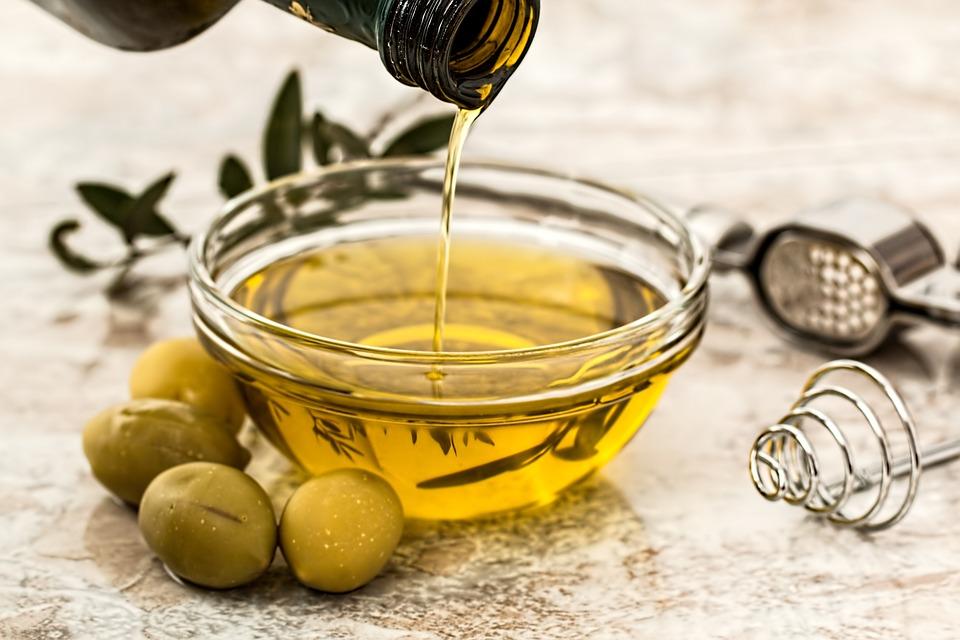
How the oil preparation process takes place:
- Olives are usually collected when they have fallen. For this purpose, a tarpaulin is placed under the trees, and either they wait for the fruits to fall on their own or they are shaken off. Occasionally, the fruits are harvested directly from the branches.
- At the olive mill, the olives are first weighed, then washed, and then sent to the crusher. The fruits are pressed exclusively under pressure and without the use of high temperatures – if they want to obtain extra virgin oil, the most expensive, flavorful, and aromatic.
- The crushed fruits are diluted with water – this is necessary to facilitate the movement of the mass into the centrifuge and to separate unnecessary fractions from the oil.
- The olive mass enters the centrifuge, where it is separated into three distinct components: the actual oil, water, and pomace, which ideally ends up dry.
From 5 kg of fresh ripe olives, typically 1 liter of cold-pressed oil is obtained, but sometimes slightly unripe fruits are used. It has less oil, but many Cypriots consider it the most flavorful.
5. Olive in Cosmetology and Medicine
Olive oil was used not only as food – from ancient times, it was attributed with sacred significance. It was used to anoint people and animals during religious rituals. It's known that Egyptian priests did exactly that. In Cyprus, oil was used in rituals for pagan worship and was also applied to girls before marriage, as the olive symbolized purity.

Cosmetic properties of olive oil have also been known since ancient times. In Cyprus, soap and other remedies were made from it. Women used fresh oil as an anti-wrinkle agent, as well as for hair beauty and thickness. To this day, cosmetics based on olive oil are highly valued for their rejuvenating properties worldwide.
Men used it to treat wounds and burns, using bandages soaked in olive oil. Closer to the 1st century BCE, doctors used extracts from olive leaves to treat various infections and ulcers. As modern medicine has shown, this was quite justified.
Today, we know that oleuropein, present in olives and olive oil, is an excellent antioxidant. This means it helps better absorb vitamins and also guards against the formation of malignant tumors and boosts immunity. Thanks to regular consumption of olives and olive oil, it's even possible to extend one's lifespan – no wonder native Cypriots are considered long-lived! Both men and women here live on average for over 80 years.
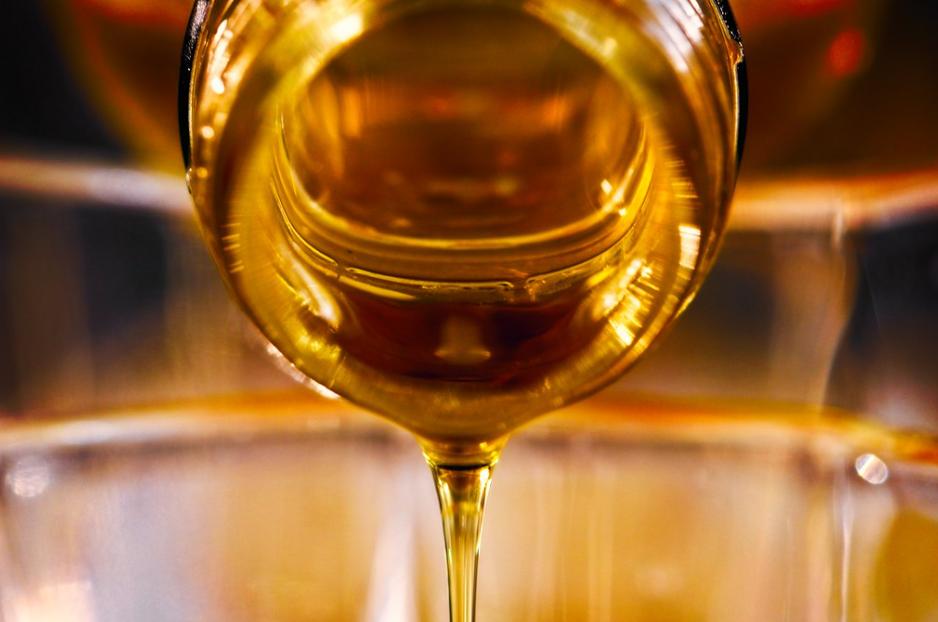
Important! Excessive consumption of olive oil is not recommended for those who have issues with the gallbladder.
For those interested in olive culture, it's recommended to visit the Terra Oliva farm, located near the village of Lefkara (Larnaca district). Here, you can see how the trees grow and how they are cared for, and you can also buy products produced on-site: oil, olives, cosmetics, and even olive liqueur.
6. Olives in Table Dishes
And finally, the most important: how are olives prepared and eaten in Cyprus?
Starting with the fruits themselves, they cannot be eaten fresh: they are tough and bitter due to oleuropein. To get rid of it, the fruits are soaked for several months in a brine of vinegar or lemon juice with oil, spices, herbs, and other additives.
Interestingly, in Cyprus, many different olive varieties are sold. They can be green or dark, elongated or nearly round. And they differ in taste too. Some varieties don't even make it to the shelves – as they are more suitable for oil production – while others are even imported. For example, Greek and Spanish olives are imported to Cyprus. After tasting, everyone can choose the variety they like the most.
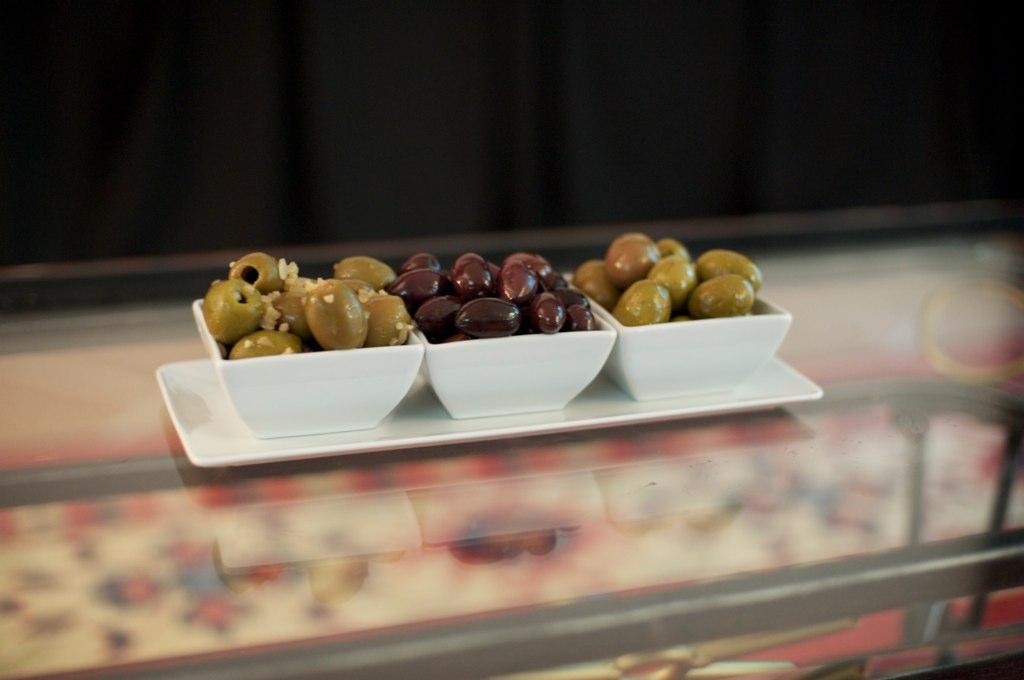
Olives are eaten both as a standalone snack and as an addition. Of course, they find their way into numerous salads and any vegetable dishes. Additionally, they are used in making "eliopita" – a pie with olive filling that is very popular during Great Lent. You'll also come across olive-infused soups and even meat dishes stuffed with olives.
Olive oil in Cyprus is essential. In fact, sunflower oil isn't particularly known on the island. Refined oil is used for cooking, while extra virgin oil – oil obtained directly from cold pressing – is preferred as a dressing. It's exceptionally flavorful and rich.
An unusual yet beloved treat for Cypriots is simple white bread drizzled with olive oil. You can add a slice of vegetable or just sprinkle it with salt – it makes for a delightful delicacy.
Read also:

